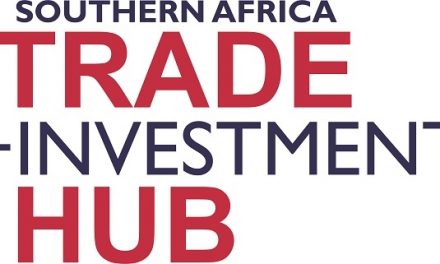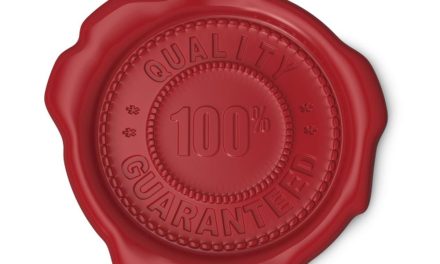
Higher mineral exports mitigate current account balance

Namibia’s current account shortfall narrowed in the second quarter of 2022 as increased fuel imports were mitigated by higher mineral exports and travel services earnings.
According to the Bank of Namibia, the current account deficit tapered to N$438 million in the period under review from N$485 million in the first quarter of 2022.
The goods trade deficit narrowed to N$633 million from a deficit of N$666 million in the first quarter. Export earnings rose by 17.1% thanks largely to higher uranium and diamond export receipts.
On the other side of the goods trade ledger, the import bill increased by 7.3%, mainly due to the higher value of fuel imports (+36%)
PSG Namibia’s Trainee Wealth Manager, Anja Steyn said Namibia’s mineral exports have benefited generously from higher commodity prices in the first half of the year, especially uranium and diamonds.
In addition, Steyn noted that diamond exports have also sparkled thanks to the addition of a new mega diamond mining vessel, the Benguela Gem, to Debmarine’s fleet and sanctions on the Russian diamond miner Alrosa (which was the top diamond mining producer in the world by output in 2020).
“The prospects for Namibian exports in the second half of 2022 have grown dimmer in recent months, as we have lowered our growth outlooks for the US, the eurozone, and China – among Namibia’s top trading and tourism partners – significantly since July,” Steyn said.
Turning to the tourism outlook, according to the Hospitality Association of Namibia, the overall national occupancy for Namibian accommodation establishments is steadily improving and is currently about 90% of the pre-pandemic level.
“However, the toll of rising energy prices on European consumers’ travel budgets, escalating flight prices, and the limited availability of flight services to Namibia, will likely constrain the recovery in travel services in the second half of 2022,” she added.
Meanwhile, Steyn expects the import bill will remain under pressure in the second half of the year as global oil and food prices will still be much higher compared to the same period in 2021.













































